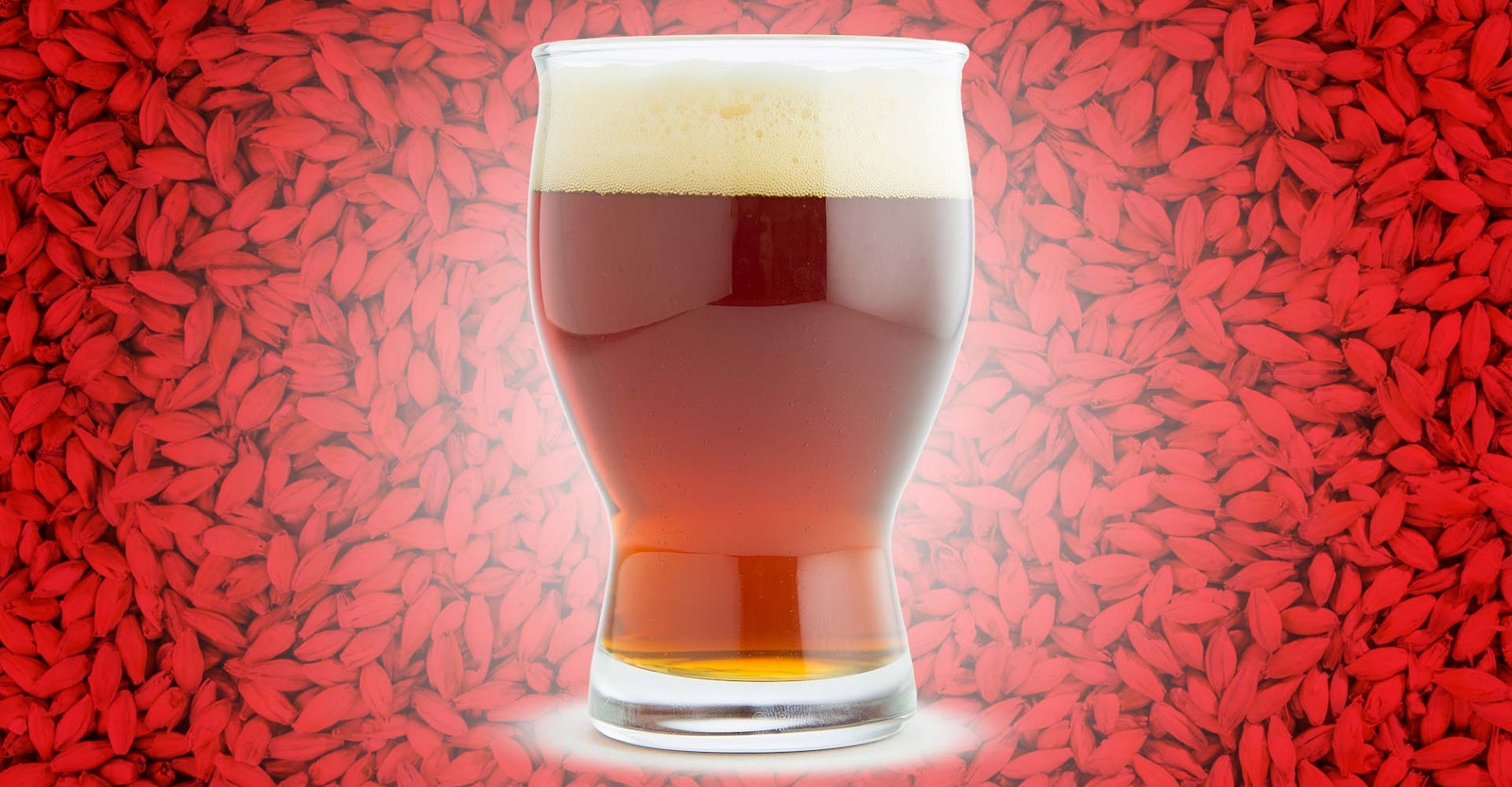All beer is red.
Before you flip past this article, which was clearly written by a crazy and/or colorblind person, bear with me for just a moment. I don’t mean that all beers appear red, I’m saying that all beers are red. Have you ever wondered why all beers—even those brewed with exclusively pale malts—travel the same straight road down the SRM scale? It’s because the melanin that infuses brewing grains is actually a subtle rusty-red shade, and as its concentration increases, the perceived color passes from a washed-out pale yellow (which is really just a super-thinned-out orange) through its natural amber-copper shade on the way to an opaque mahogany. The color also increases in intensity in specific grains that have been heated, toasted, or roasted, all along the same color spectrum. So, thanks to grain, all beer is red. It’s in that spirit that we spend the next few pages considering how to use grain (with a subtle helping hand from other brewing ingredients) to make exactly the amber, red, or brown beers that your palate or the style guidelines dream of.
“Hoppy” doesn’t come close to describing all of the contributions and permutations added to beer through hops usage. Likewise, “malty” is an overused and not-remotely-specific term that too many brewers abuse. Malty doesn’t have to mean sweet. Malty isn’t mutually exclusive of crisp. Malty can be accentuated by hoppy (seriously!). As malt is one of the two biggest ingredient “levers” brewers have some influence over, it behooves us to think globally about grain, just as we do about hops. Style, process, and recipe give us both a target and the means to hit it, and the result is a flavor-diverse and stylistically accurate stable of amber-to-brown beers that all make intelligent and robust use of malts.

